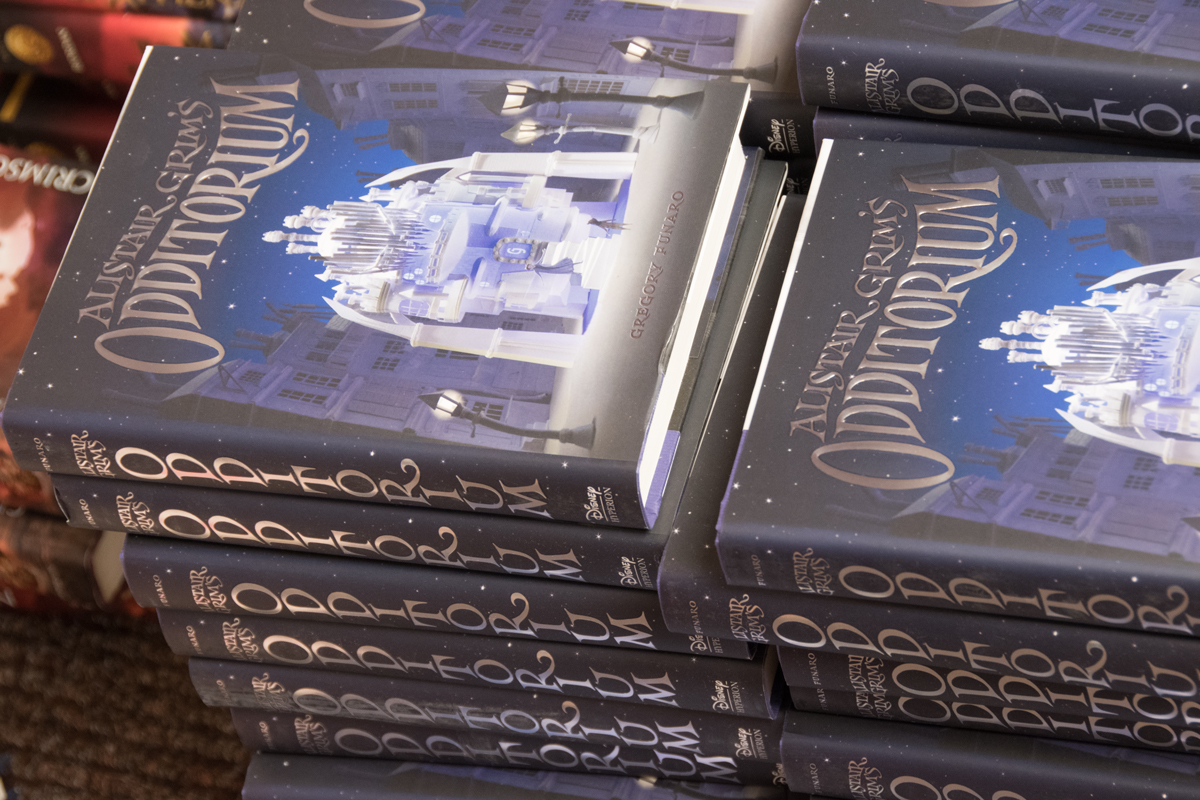When we push children to learn before they are ready...
There is a cost for pushing readers! We don’t just TEACH readers – we help them to BECOME readers.
 As an educator, I find more often than not that I have conflicting emotions about the current state of curricula. The narrative, at least from much of the press and definitely from state and federal education agencies, is that our schools are failing. And while I think that education can always find ways to improve instruction and to reach all learners, I do not believe our schools are dismally inept at education.Consider the current climate in reading instruction for example. There is almost an atmosphere of panic in making sure students are reading with rigor. Kindergarten children are expected to leave that grade level as five- and six-year old readers on F&P Level D. Did you leave Kindergarten reading?What exactly does that designation "Level D" mean? Let me quote the introduction to Readers at Level D from Fountas & Pinnell's Continuum (2016, p 428):
As an educator, I find more often than not that I have conflicting emotions about the current state of curricula. The narrative, at least from much of the press and definitely from state and federal education agencies, is that our schools are failing. And while I think that education can always find ways to improve instruction and to reach all learners, I do not believe our schools are dismally inept at education.Consider the current climate in reading instruction for example. There is almost an atmosphere of panic in making sure students are reading with rigor. Kindergarten children are expected to leave that grade level as five- and six-year old readers on F&P Level D. Did you leave Kindergarten reading?What exactly does that designation "Level D" mean? Let me quote the introduction to Readers at Level D from Fountas & Pinnell's Continuum (2016, p 428):
At Level D, readers process and understand simple fiction and fantasy stories and easy informational texts. They can track print with their eyes over two to six lines per page without pointing, and they can process texts with more varied and more complex language patterns. They notice and use a range of punctuation and read dialogue, reflecting the meaning through phrasing, intonation, and appropriate word stress. Readers can solve many easy, regular two-syllable words - usually words with inflectional endings such as ing and simple compound words. Pointing may occasionally be used at difficulty, but readers drop the finger when they are confident and are reading easily. The core of know high-frequency words is expanding. Readers consistently monitor their reading, cross-check one source of information with another, and often use multiple sources of information. Readers use text and pictures to construct the meaning of stores and nonfiction texts. They infer meaning from pictures and connect the meaning of texts to their own experiences. At level D, readers process and understand simple and some split dialogue.
Yes, these are the expectations for ALL KINDERGARTENERS as they leave to transition to Grade 1. In the beginning days of my teaching career, many of these characteristics were quite normally found in typical mid-first and early-second grade students.So I ask again, were you reading in Kindergarten? I was not. I don't think I fell behind in my education because I wasn't reading in Kindergarten. I do know that I have cultivated a love of print that has lasted a lifetime. I believe I was fortunate that when I was learning to read, my teachers worked not only on how to read, but also on development of a love of reading.Because I was taught the skill of reading when I was developmentally ready to not only word-solve (decode), but also to comprehend, I learned to become a reader - exactly what Mary Howard speaks about in the quotation above.The demands being placed on our youngest learners are unrealistic and oftentimes unattainable. My opinion? Children who are in Kindergarten need to learn to love learning: they need to practice social skills through play. They need to get used to school and learning.Squeezing all children, ready or not into the same curriculum funnel makes me think that education policy makers need to realign their focus. When the goal of reading instruction is so skewed toward the mechanics of reading at a developmentally inappropriate age, is the opportunity to help a child become a reader sacrificed?